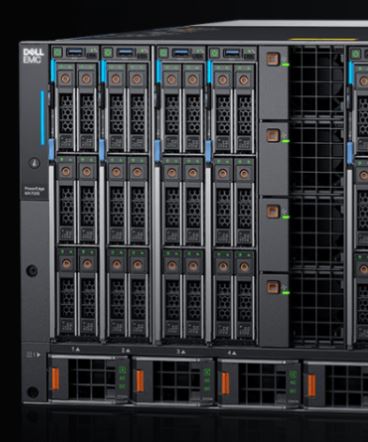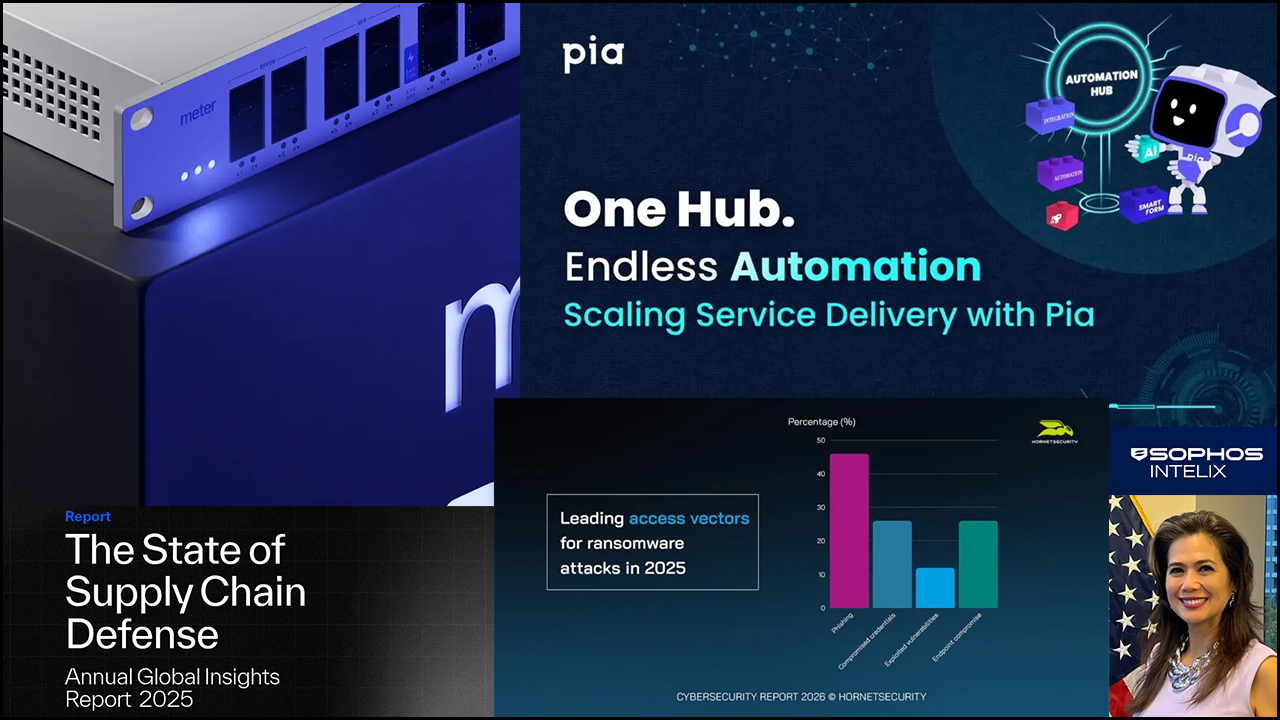The Dell EMC division of Dell Technologies has unveiled a new composable infrastructure solution designed to give businesses the agility they need to meet continually evolving business requirements.
The Dell EMC PowerEdge MX, which is scheduled to enter general availability on September 12th and was previewed at this year’s Dell Technologies World event, features a “kinetic infrastructure” design that lets organizations combine and adjust fully-integrated compute, storage, and networking resources as needed to support both familiar use cases like file serving and OLTP on the one hand and newer ones like analytics and machine learning on the other.
“It’s a modular architecture that helps build the bridge between your traditional workloads and your transformational workloads,” says Ravi Pendekanti, senior vice president of product management and marketing for server and infrastructure systems at Dell EMC, which is headquartered in Hopkinton, Mass.
The new system has been architected to adapt to changing needs in the future as well, according to Brian Payne, vice president of product management and marketing for Dell EMC’s PowerEdge product line.
“It’s really about getting the right resources for the right workload at the right time,” he says. “We believe that it will help unbind IT organizations and give them the flexibility that they need to drive the innovation in their business to keep up with where things are going driven by digital transformation.”
To maximize that flexibility and arm users to adopt coming generations of field programmable gate arrays and GPUs as well as emerging technologies like storage-class memory, Payne continues, Dell EMC engineered the system without a mid-plane.
“We’re going to be able to adapt as the connectivity technology changes over time and keep up with those changes without having to do a costly rip and replace,” Payne says.
Technicians can use a new version of Dell EMC’s OpenManage management platform called OpenManage Enterprise Modular to administer an entire PowerEdge MX environment through a single pane of glass.
“It’s a single console that can manage the full infrastructure and simplify the overall the operation of the IT organization,” says Drew Schulke, vice president of product management for Dell EMC networking. The product comes with APIs enabling it to interface with third-party management solutions like Microsoft System Center and VMware vCenter as well.
At launch, the PowerEdge MX will offer two compute modules equipped with Intel Xeon Scalable processors and up to six terabytes of memory. The PowerEdge MX740c is a single-width, two-socket module that can house and tier up to six 2.5″ NVMe, SAS, or SATA drives. The PowerEdge MX840c is a double-width, four-socket unit capable of holding and tiering up to eight drives.
The PowerEdge MX5016s storage module supports as many as 16 hot-pluggable SAS storage hard disk drives in a scale-out architecture. Each PowerEdge MX chassis can house up to seven of these units stocked with as many as 112 direct-attached hard disk or solid-state drives.
“As customers need to grow their storage footprint, they can do so very flexibly and simply,” Payne says. Users can optimize storage capacity and performance for specific workloads as well, by mapping drives to specific servers.
Networking options for the PowerEdge MX line include 25Gpbs Ethernet and 32Gbps Fibre Channel switching modules bearing automated topology compliance, quality of service, and autonomous healing functionality.
“We wanted to support a high amount of bandwidth between nodes,” Schulke says. For the same reason, he adds, the solution utilizes a new networking fabric capable of supporting up to of 10 chasses within a single switching infrastructure at guaranteed communication speeds of 550 nanoseconds or better.
“That [performance] level becomes very, very important when you start looking at things like software-defined storage and vSAN,” Schulke says.
All of those modules slide into the PowerEdge MX7000 chassis, a 7U enclosure with eight bays capable of hosting single- and double-width compute and storage combinations in varying combinations.
The PowerEdge MX portfolio is the second integrated infrastructure offering from Dell EMC in as many months. In July, the company introduced a new version of its VxRack hyperconverged infrastructure solution for the Microsoft Azure Stack private cloud platform with all-flash storage. Customers can buy that system on a pay-as-you-go basis through Dell’s Cloud Flex subscription procurement program.
Gartner expects global spending on integrated systems like the new VxRack and the PowerEdge MX family to climb 18.4 percent this year to $12.3 billion.














